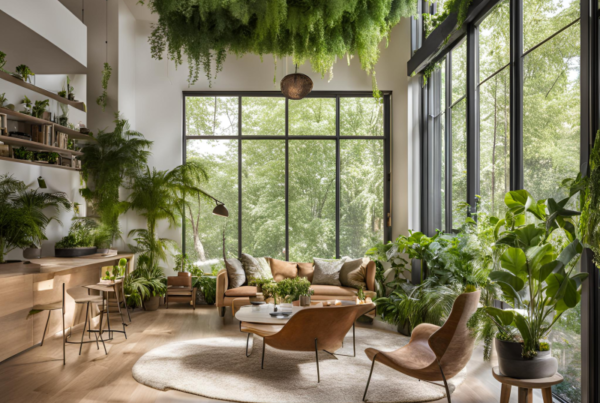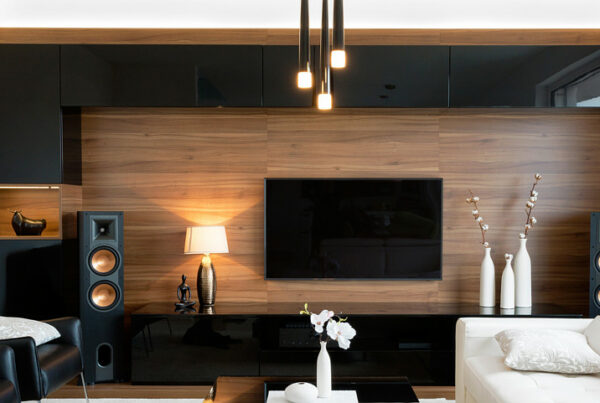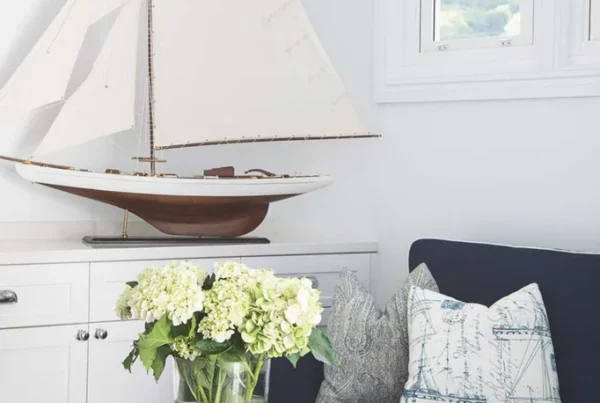Table of Contents
A Living Room in a Classic Style: These Elements Will Give It a Timeless Charm
The living room is the heart of the home. It’s where we gather with loved ones, relax after a long day, and entertain guests. When designing a living room, many people gravitate towards a classic style. But what exactly defines a classic living room, and how can you create one that feels both timeless and uniquely yours?
This guide will delve into the essence of a classic living room. We’ll explore the key elements that contribute to this aesthetic, from furniture and color palettes to layout and finishing touches. We’ll also provide tips on personalizing your space while staying true to the classic spirit. With a little creativity and these helpful insights, you can transform your living room into a haven of timeless elegance and comfort.
The Pillars of Classic Style: Balance, Proportion, and Quality
Classic style prioritizes balance, proportion, and quality. Balance refers to the symmetrical arrangement of furniture and decorative elements. Proportion ensures furniture is appropriately sized for the room and doesn’t overwhelm the space. Quality materials, like solid wood and natural fabrics, stand the test of time and create a sense of refinement.
Here’s a deeper look at these fundamental principles:
- Balance: Arrange furniture in a way that feels visually pleasing. For example, place sofas facing each other across a coffee table, or flank a fireplace with identical armchairs.
- Proportion: Choose furniture that’s proportional to the size of your living room. Avoid overwhelming a small space with bulky pieces, and ensure large pieces don’t dwarf smaller ones.
- Quality: Invest in well-made furniture crafted from durable materials. Classic style emphasizes longevity, so opt for pieces that will last for years to come.
Choosing Furniture for a Classic Living Room
The furniture you select forms the foundation of your classic living room. Here are some key pieces to consider:
Sofa: The centerpiece of most living rooms, a classic sofa is typically upholstered in neutral fabrics like leather, velvet, or linen. Chesterfield sofas with rolled arms and button-tufted backs exude timeless elegance. For a more relaxed feel, consider rolled-arm sofas or ones with loose back cushions.
Armchairs: A pair of armchairs flanking a fireplace or positioned either side of a sofa creates a sense of symmetry and provides additional seating. Wingback armchairs with high backs and enveloping wings offer a stately presence, while club chairs with rolled arms and a lower profile add a touch of comfort.
Coffee Table: A coffee table serves as a focal point for conversation and a convenient surface for drinks, books, and decorative items. Choose a table that complements the style of your sofa and armchairs. Classic options include rectangular coffee tables with clean lines, round tables for a softer touch, or wood and glass coffee tables for a touch of airiness.
Console Table: A console table positioned behind a sofa or against a wall offers additional storage and display space. Opt for a console table with clean lines and elegant details, such as tapered legs or a marble top.
Accent Chairs: In larger living rooms, consider adding accent chairs for a touch of personality and additional seating. Look for chairs with unique silhouettes, such as slipper chairs with rolled arms and a low back, or accent chairs with colorful upholstery to add a pop of color.

Remember:
- Quality over Quantity: Prioritize well-made furniture that will last for years.
- Cohesive Style: Choose pieces that complement each other in terms of style, color, and scale.
- Comfort is Key: While aesthetics are important, ensure your furniture is comfortable for lounging and socializing.
Classic Color Palettes for a Timeless Look
The color palette you choose plays a significant role in setting the tone for your classic living room. Classic style typically embraces neutral tones that create a sense of elegance and sophistication. Here are some popular color palettes to consider:
Beige and Cream: This timeless combination creates a light and airy atmosphere. Add depth with textured fabrics and warm wood accents.
Gray and White: A sophisticated pairing that offers a clean and modern twist on classic style. Introduce warmth with pops of color through artwork or throw pillows.
Navy and White: A timeless and elegant combination that adds a touch of drama. Balance the navy with lighter elements like cream or beige accents.
Green and White: A calming and inviting palette that evokes a sense of nature. Choose a soft green for a serene atmosphere or a deeper green for a more dramatic look.
Beyond Neutrals: While neutrals dominate classic palettes, you can incorporate pops of color through artwork, throw pillows, or accent pieces. Choose colors that complement your chosen palette and add a touch of personality to your space.

Remember:
- Neutrals as a Base: Build your color palette around a base of neutral tones.
- Cohesive Harmony: Ensure your chosen colors complement each other and create a sense of harmony.
- Personal Touches: Don’t be afraid to add pops of color that reflect your style.







